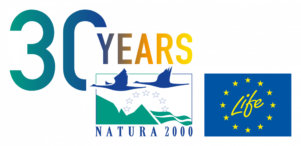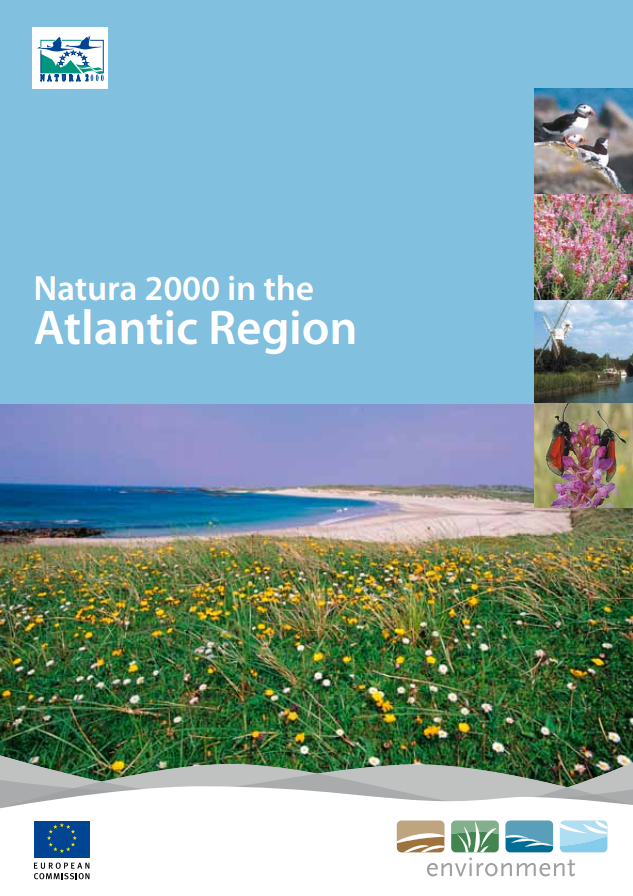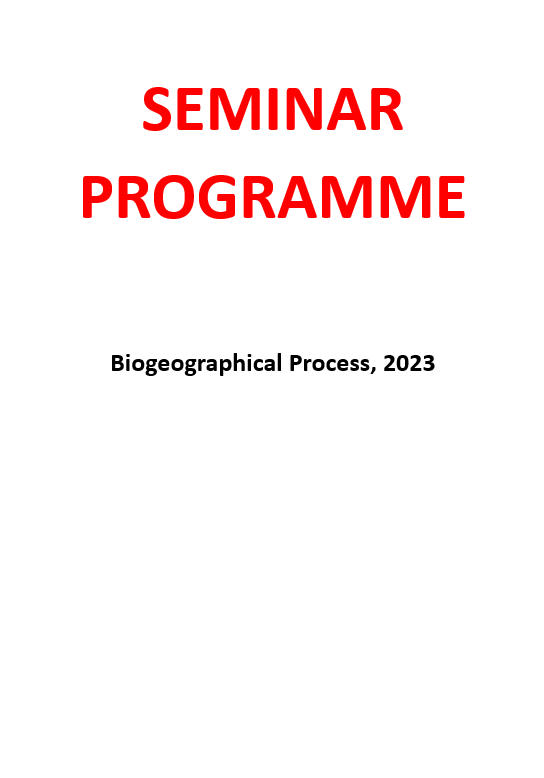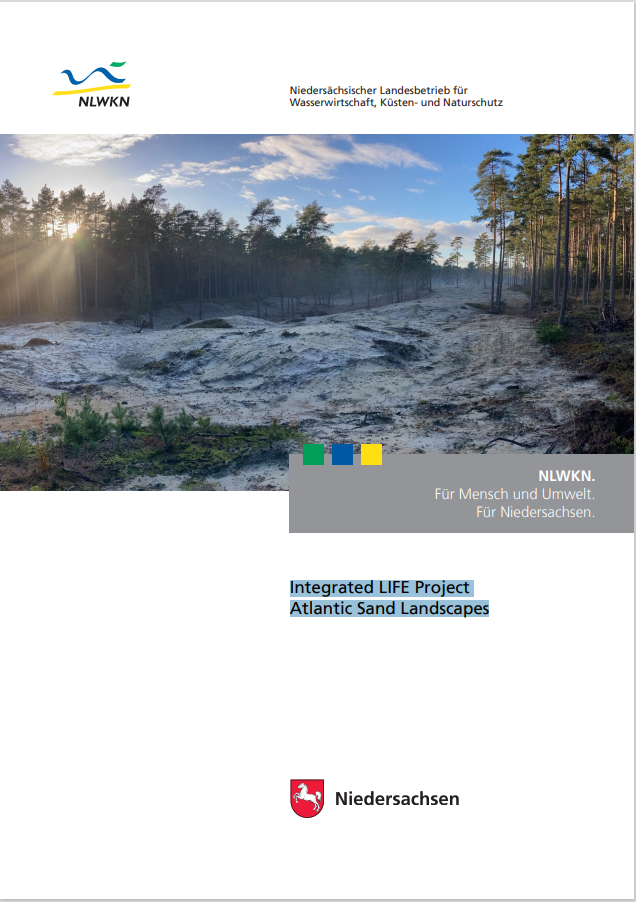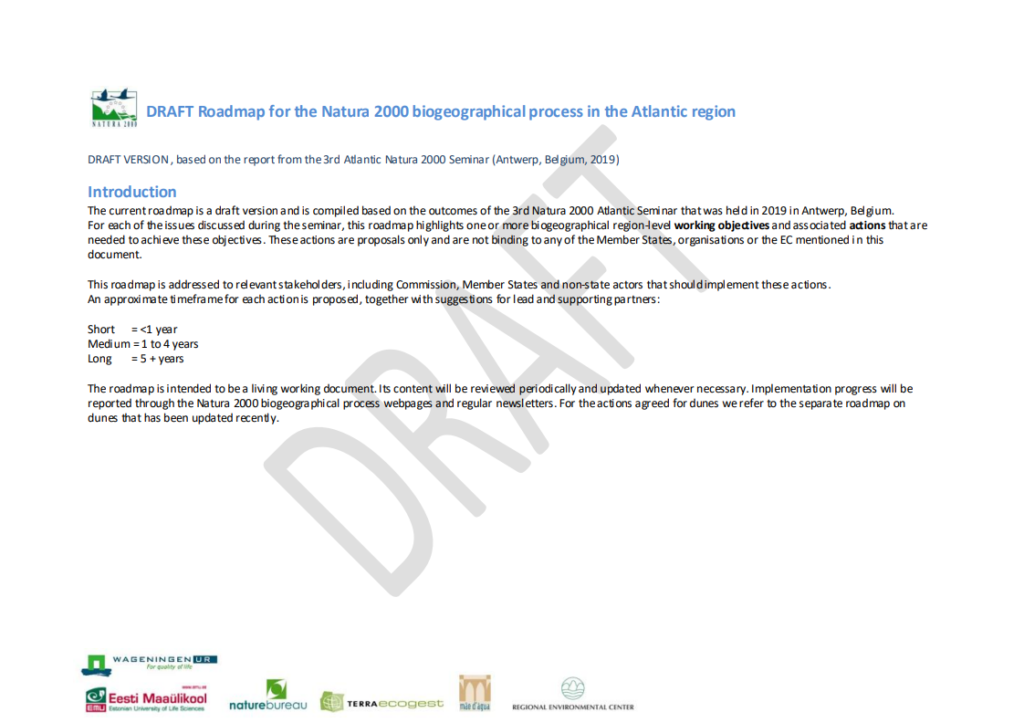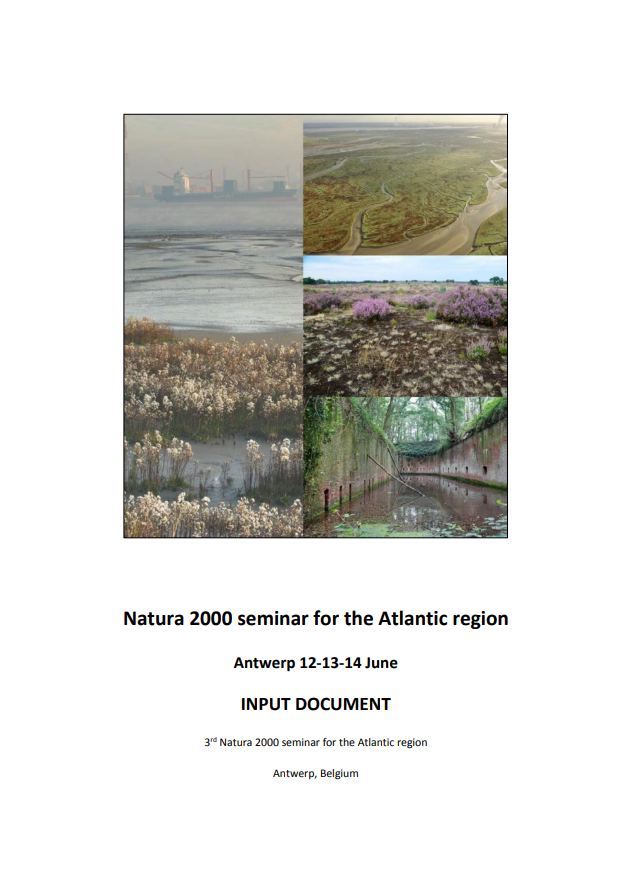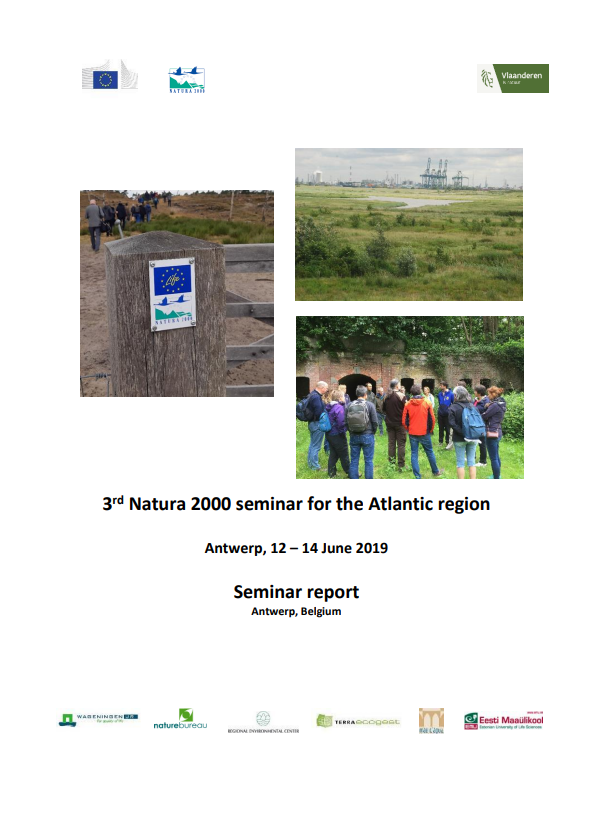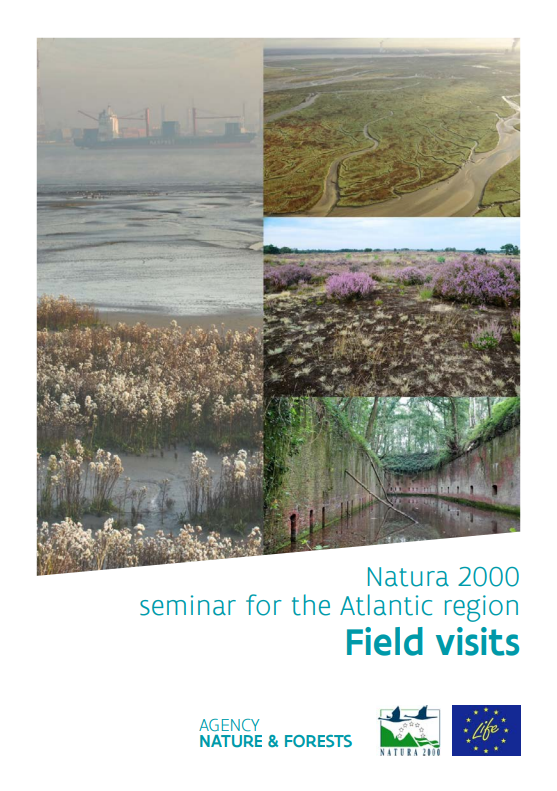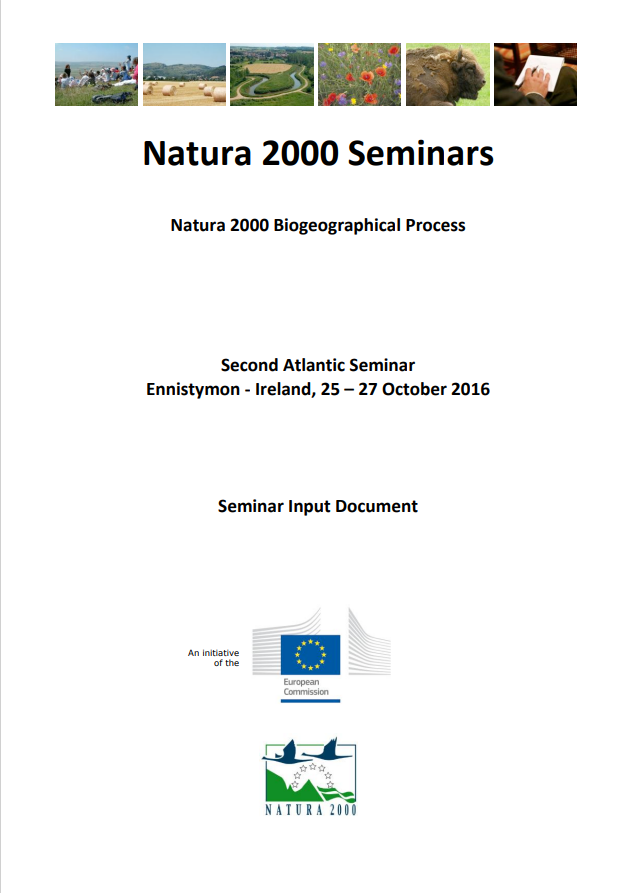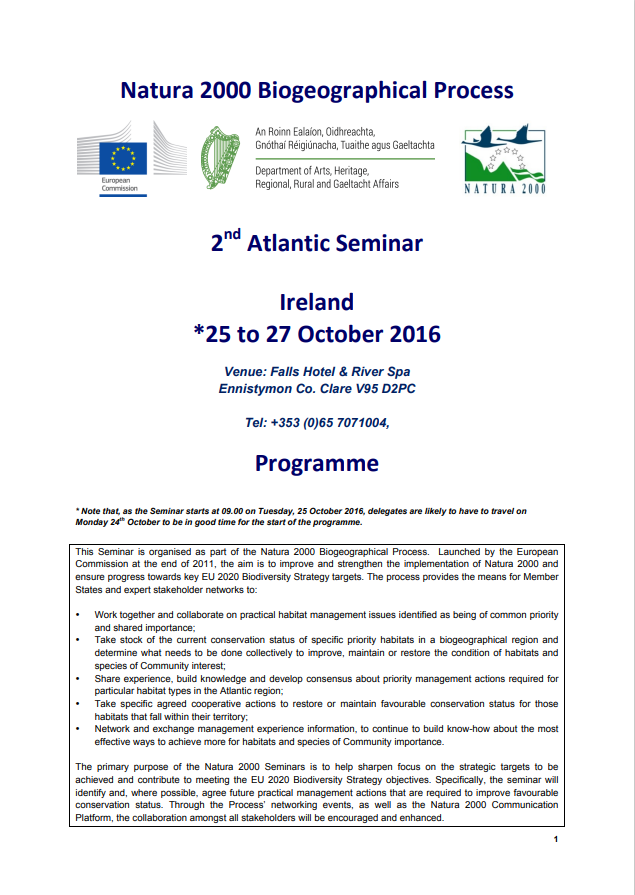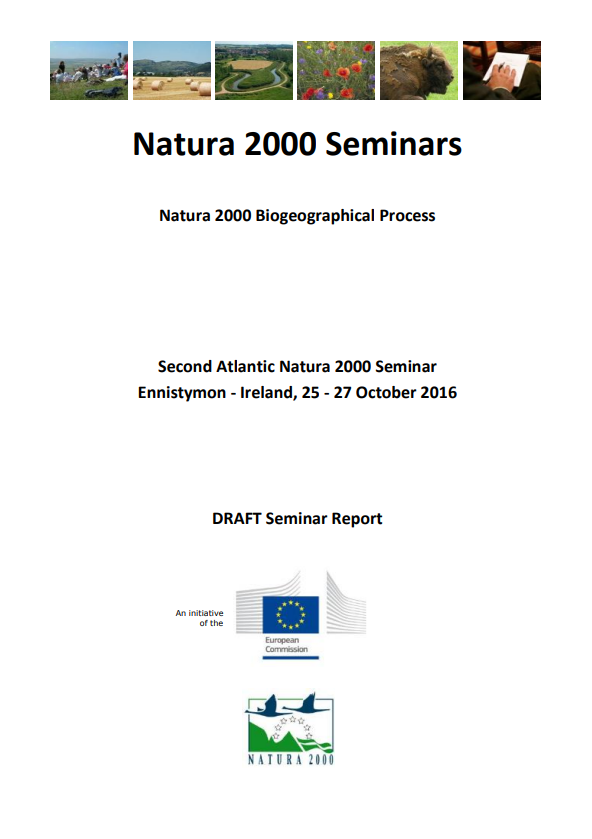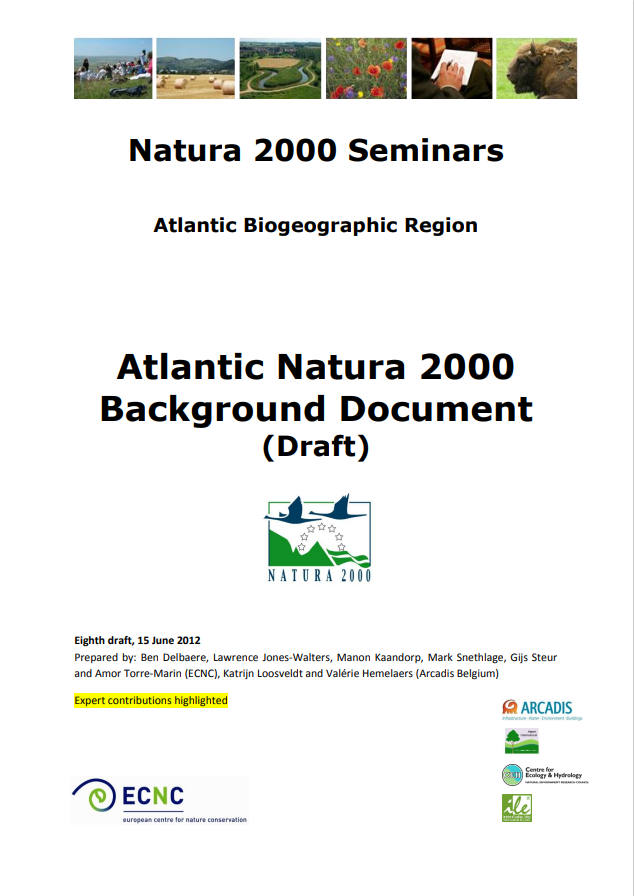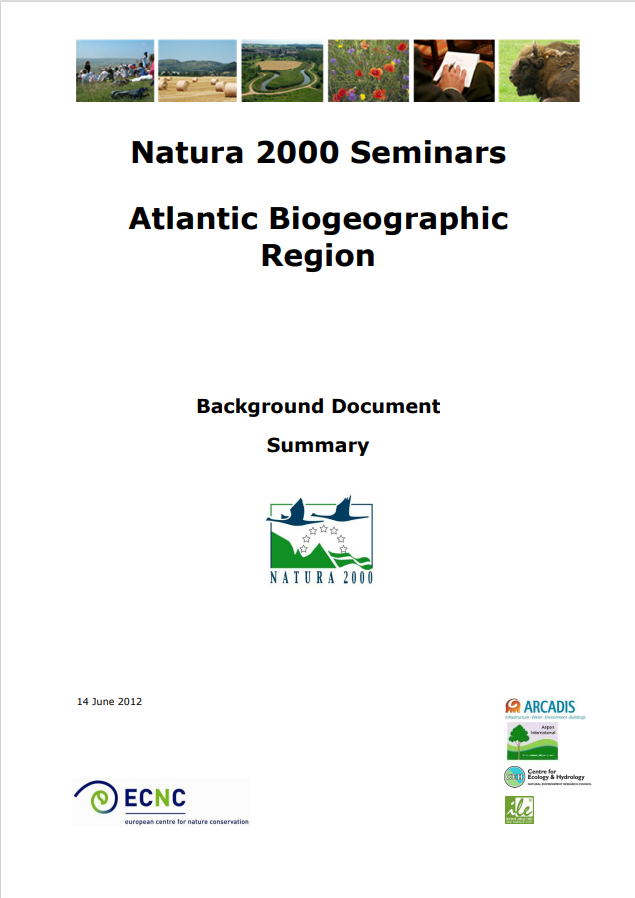Atlantic region

Countries within the Atlantic region include Belgium, Denmark, France, Germany, Ireland, Netherlands, Portugal and Spain.
In the Atlantic Region, nowhere is more than 300 km away from the sea and because much of the land is flat and low lying, the oceanic climate penetrates far inland bringing mild winters, cool summers, predominantly westerly winds and moderate rainfall throughout the year.
In terms of species, the Atlantic Region may not exhibit the high levels of biodiversity found in other regions but it more than makes up for this in terms of sheer animal abundance. The Waddensea alone harbours around 12 million migratory birds at various times of
the year.
This abundance of life continues beneath the waves. The Gulf Stream, which travels right up to the north coast of Scotland and Norway, brings warm currents all year round and a rich supply of nutrients from the Caribbean. In the shallower waters of the continental shelf and the North Sea, this creates an ideal environment for a wide array of marine organisms from plankton, crustaceans, bivalves and fish to seabirds and mammals at the top of the food-chain.
On land, the situation is rather different. The most recent glaciation, which ended some 10,000 years ago, had a considerable effect in reducing the biodiversity of the region. So too has the long history of human exploitation, which has created a heavily altered and often degraded environment.
The 2023 Atlantic seminar took place in Hannover, Germany, on 4-6 September 2023
The Atlantic seminar was hosted by Germany, by the federal state of Lower-Saxony with support from the LIFE IP project “Atlantic Sandlandscapes”. The seminar took place in Hannover, from 4-6 September 2023, in the Werkhof Centre. Besides the pledges, the seminar focused on meadow bird conservation, on peatbog restoration in relation to climate change, and the role of Integrated Projects in improving the conservation status for habitats and species. The Lower Saxon State Department for Waterway, Coastal and Nature Conservation supported the organisation of the excursions.
A report will soon be available.
Excursion Guides
Plenary Session Presentations
Inspiration from the Previous Seminar
Thomas DeFoort
The Pledge and Review Process
Frank Vassen
Progress Since the Previous Atlantic Seminar
Iva Obretenova
Conservation and Restoration of Dunes
Geelen et al.
The LIFE Programme and Natura 2000
Sliva and Barova
Protected Area Presentations
Protected Area Pledges: Preliminary Analysis
Elena Osipova
Pledges and Approaches: Germany
Christian Michalczyk
Pledges and Approaches: Denmark
Linda SH Anderson
What Science is Telling us About the ID of PAs
NaruraConnect
Feedback from Day 1 Discussions
Richard White
Conservation Status Presentations
Inventory, Overview and Distance to Target
Irene Bouwma
Pledges and Approaches: Germany
Mr. Axel Ssymank
Feedback from Day 1 Discussions
Theo van der Sluis
Theme 1: Protection and Conservation of Meadow Birds
Theme 2: Implementing Measures for Restoring Peatbogs
Theme 3: Added values of Integrated Projects to nature conservation
Theme 4: Implementation of pledges on the ground
LIFE BIODIV’France
LIFE Project
LIFE B4B and LIFE BNIP
LIFE Project
Theme 3 Reporting
Theme 4 Reporting
Atlantic Roadmaps
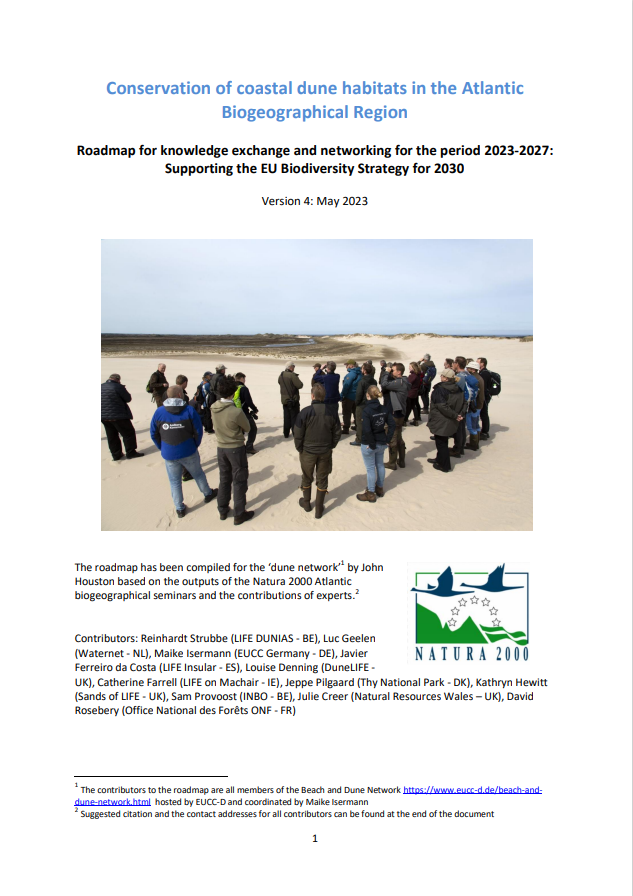
NEW! Dune Roadmap: Conservation of coastal dune habitats in the Atlantic Biogeographical Region
Third Atlantic Seminar, June 2019
Presentations can be found here.
Second Atlantic Seminar, October 2016
Supporting Annexes can be found here.
First Atlantic Seminar, June 2012
Supporting Annexes can be found here.
